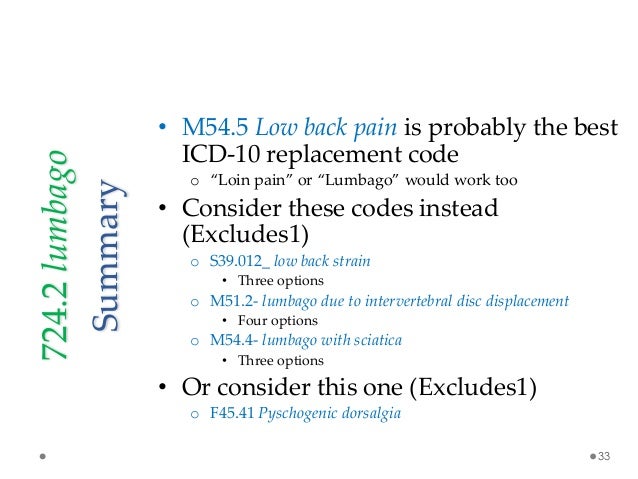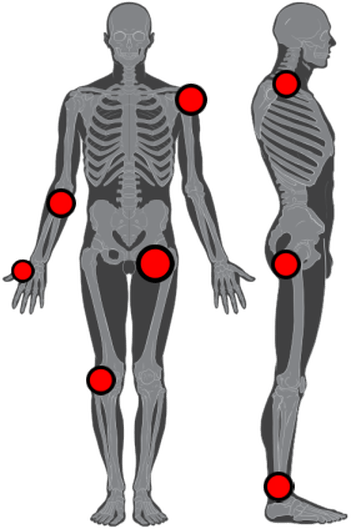

Īcute lower back pain has a sudden onset and is usually caused by trauma or an injury. Has a job that requires heavy lifting, bending, and twisting, or that involves whole-body vibration, such as truck driving or using a sandblasterĪs mentioned above, lower back pain is a condition that may be acute or chronic.Those with an increased risk of developing back pain include anyone that: There are also a few factors that put some people at higher risk of developing chronic lower back pain. Other spine conditions, such as herniated discs or degenerative disc disease.Wear and tear of the spinal discs can be caused by any of the following: This wear and tear lead to annular tears, which are one of the most common causes of chronic lower back pain and most spine conditions. Arthritis is a common cause of chronic back pain, but wear and tear of the spine is often the cause of this pain as well. Many activities slowly affect your spine until one day, you suddenly begin to feel that doesn’t go away. Further, chronic lower back pain happens over time. It may be difficult to pinpoint the cause of chronic back pain because there may be causes of this condition. Unfortunately, in many cases, the exact cause of lower back pain can’t be found. This condition can lead to a stiff back, decreased mobility, and difficulty standing up straight or walking. What is Chronic Lower Back Pain?Īlthough this article is focused on chronic lower back pain, this is a subset of lower back pain, which refers to any pain felt in the lower back. Keep reading to learn more about this code for back pain as well as the most effective way to treat this condition.

In 2015, a study found that of 19,441 people, 16.9% of workers with lower back pain and 19% of workers with frequent and severe lower back pain missed at least one full day of work over a period of 3 months.Ĭlearly, chronic lower back pain is a condition that many people search for a solution to, and chronic lower back pain ICD 10 is something that many patients understandably have questions about.

10-20% of US workers have reported living with persistent back pain and back pain is one of the most common reasons for missing work. In addition to this, chronic back pain doesn’t just affect people’s quality of life, but their ability to work as well. This condition affects the quality of life of so many people each year. In fact, chronic lower back pain is one of the most common causes of disability in US adults younger than 45 years old.

Chronic lower back pain ICD 10 is something that many patients learn about due to the prevalence of chronic lower back pain in the US population.


 0 kommentar(er)
0 kommentar(er)
